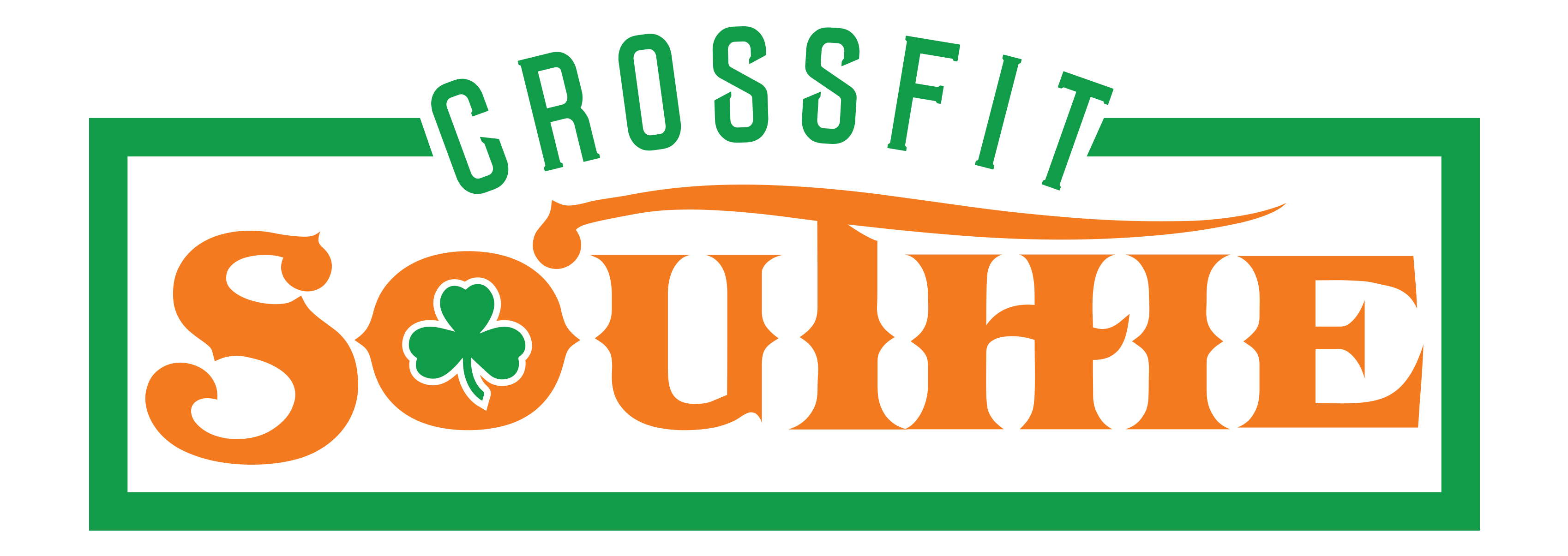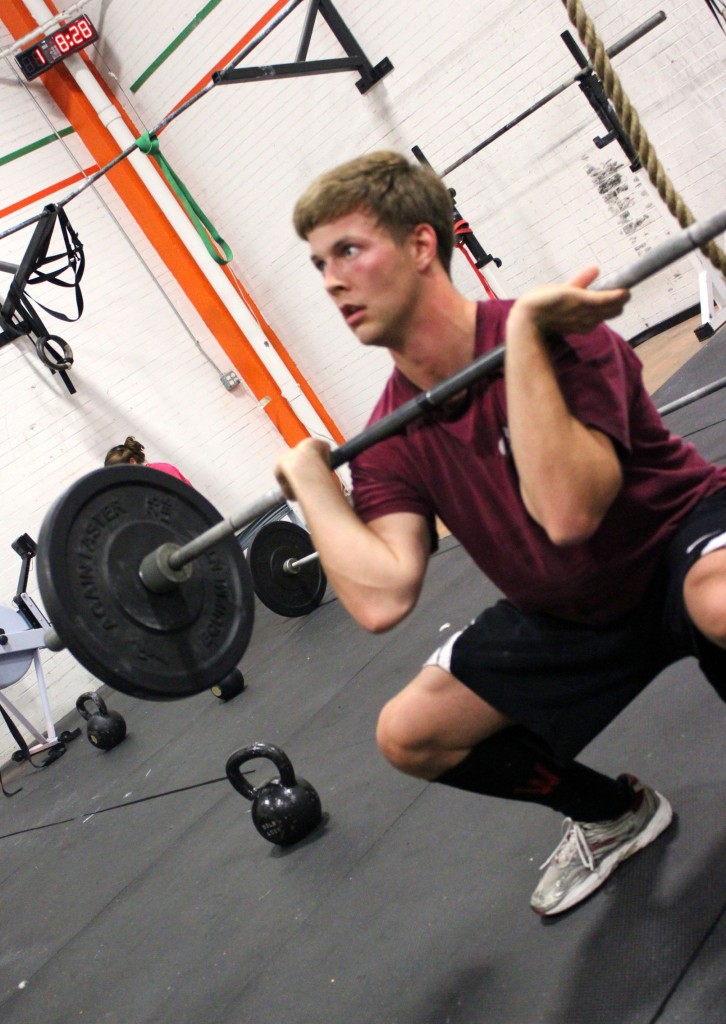Would you wear a swim suit to a formal wedding? Might be tempting if you’re trying to show off that Crossfit bod, however, just like any event, sport or specialty, Crossfit is very gear specific. When it comes to gearing up before a wod, proper footwear is crucial. Normally when purchasing footwear to workout in we try to choose something that is not only comfortable, but also appealing to the eye, but there is a little more to it than that. Let’s talk about some of the different types of athletic footwear available alongside with the pros and cons of each.
To a runner, the most important piece of equipment one can purchase is technical running shoes. Running shoes are specifically designed to address pronation, simply the degree to which the foot rolls when making contact with a hard surface. For this purpose, running shoes are made with surplus amounts of cushioning to alleviate the impact of constant pounding. The excess cushioning that those types of shoes provide has a tendency to restrict natural movement. Excess cushioning can be advantageous when putting in some serious miles on the road, however not so beneficial during a strength set when wearing a more minimalistic style of shoe would be most accommodating. Imagine how running for extended periods of time with cushioning can be valuable; now think about how that cushion will react to the excess weight once a barbell with weight is loaded in addition to your body weight. Does Titanic ring a bell? All of that weight causes you to literally sink into the shoe which in turn reduces your ability to generate power and force as you press up against the weight. So, let’s check out option number two, the weightlifting shoe.
When working on the platforms, performing strength sets, lifting shoes are going to give you the most amount of support in order to maximize the amount of weight moved. One of the major overall differences in weightlifting shoes is the sturdy, raised wooden heel which allows for a greater degree of flexion at the ankle joint which enables the athlete to get lower into a squat without letting the heels come up off the floor. It is crucial when lifting to feel like your feet are firmly planted into the ground. This type is definitely the least versatile shoe out of the bunch in the sense that they are solely worn while lifting because they are too stiff and rigid for ordinary movement. This makes this shoe great for lifting, but definitely not something that you could use every workout. With the cost involved, you have to ask yourself whether or not it is worth spending the money to purchase a pair of shoes that you might not wear that often. Now if you are a weightlifting machine, you spend a lot of time performing strength sets and crushing weights is your jam, then it’s probably time to start saving for a pair of these bad boys. Check out the awesome weightlifting shoe that Reebok has made specifically for Crossfitters. It’s a little more versatile than the traditional lifting shoe because it can be worn anytime during the wod, exempt from running.
Because Crossfit movements and workouts are so constantly varied, it’s disadvantageous to purchase sport specific shoes. A good rule of thumb is to choose shoes that are not only comfortable, but also minimal. Minimalist in the sense that the shoes are doing what they are designed to do, protect your feet while encouraging a natural range of motion. These types of shoes generally have a thin sole which encourages a more natural midfoot or forefoot landing. Good examples of such being Vibram Fivefingers, New Balance Minimus, Innov8, Merrell Barefoot, Reebok Nano, and Vivobarefoot. Like they say, “if the shoe fits, wear it.”
Strength
Banded Deadlift
5-5-5-5-5
Where appropriate, choose more band resistance as opposed to more weight and less band resistance. All 5 sets should be challenging, if a set is easy consider it a warm up set and not one of your 5 working sets.
WOD
3 Rounds
15 Front Squats (135,95)
15 Chest to Bar Pull-ups
Level 2 (115,75)
Level 1 (95, 55)
ADV (185,125)

